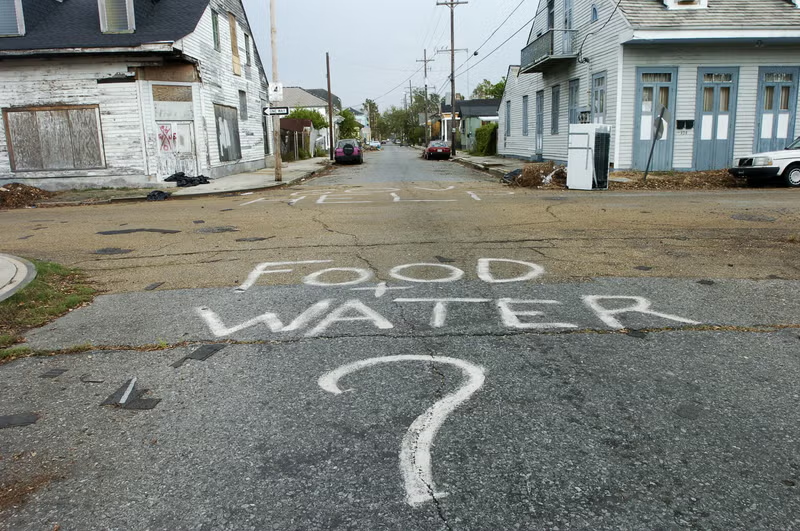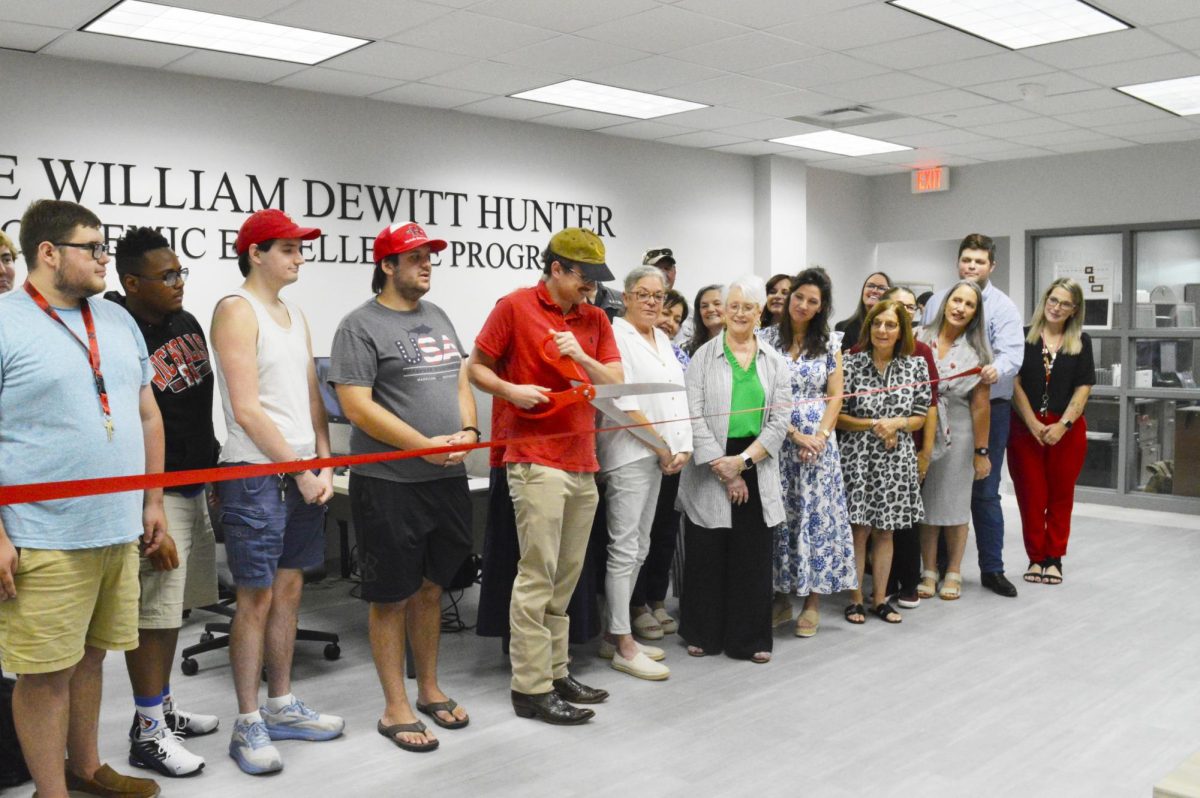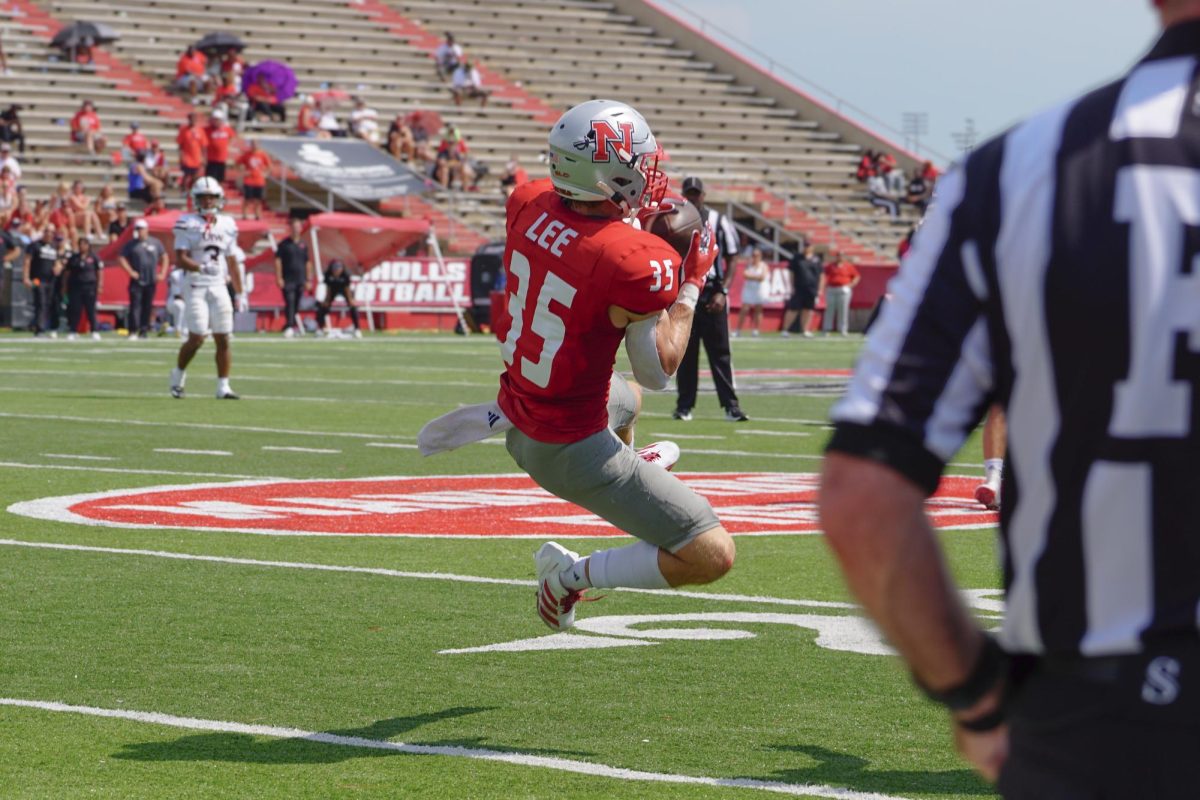The University has decided not to construct a 300-car parking lot in the green space in front of the St. Thomas Aquinas Catholic Student Center and will instead build 300 spaces on three different areas of the campus, according to a memo sent to the entire campus by Stephen Hulbert, University president. The University is also reviewing its parking decal policy on obtaining a second decal. A parking lot will be added north of Ellender Hall, between the residence hall and the existing parking lot. The new parking lot should create 120 additional parking spaces. Another parking lot will be added next to the greenhouse. The area was once used for planting but is no longer being used. That area will add 60 parking spaces. The final location will expand the parking lot behind the tennis courts, which will give the University a total of approximately 300 new parking spaces.
This past spring, the parking policy committee voted to raise decal prices from $35 to $50 in order to raise enough money to construct the 300-car parking lot, which is no longer being built, and to hard-surface all of the roads and parking lots. The construction project now calls for the three new parking lots in the areas mentioned above, along with resurfacing the roads and parking lots on campus.
“I approved this rather significant project, including that for the new parking lot, even though I carried reservations regarding the required loss of green space,” Hulbert wrote. “As the architects began to lay out the proposed parking lot, my own reservations again surfaced. Late last week, I cancelled the use of the Madewood Drive green space and asked involved staff and T. Baker Smith, the project architects, to locate alternative sites where approximately 300 spaces could be added.”
Marie McChargue, marketing sophomore from Gray, had started a petition against the construction of the 300-car parking lot.
“I am glad that Dr. Hulbert heard the voice of the community,” McChargue said. “I think that there is enough parking on campus.”
After Hulbert decided to cancel the project, Michael Davis, assistant vice president of business affairs for procurement and physical plant operations, looked for alternative sites for the parking project.
“He directed me to go in another area,” Davis said. “No one was happy to build in green space.”
According to Davis, the University decided to spread the 300 parking spaces across three areas on campus instead of building one lot next to St. Thomas Aquinas.
“Our objective has not changed,” Davis said. “We are still going to produce the same number of spaces in three areas.”
In addition to adding the 300 parking spaces, Davis said that the University plans to have all shelled and limestone parking lots and roads hard-surfaced. The hard-surfacing will begin in the fall and continue throughout the year. The entire construction project will be completed before the beginning of the fall 2006 semester.
“It takes time for the designer to work things out,” Davis said. “It is going to take a lot of cooperation. Streets and parking lots will be closed.”
The University is also working on a policy for obtaining a second parking decal that would allow for some exceptions for paying under certain circumstances, Davis said. The parking policy committee will meet in August to develop a policy that is fair.
“People have abused the policy to a certain extent,” Davis said. “This takes revenue away from the parking budget.”
The goal is to allow people who legitimately need a second decal to obtain one free, while keeping out people who will abuse the system, Davis said. In the past, people would abuse the system by getting a second decal and giving it to a friend at a discount.







